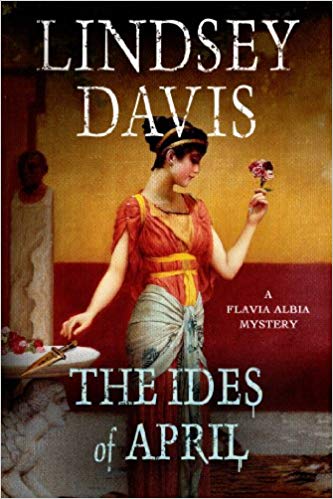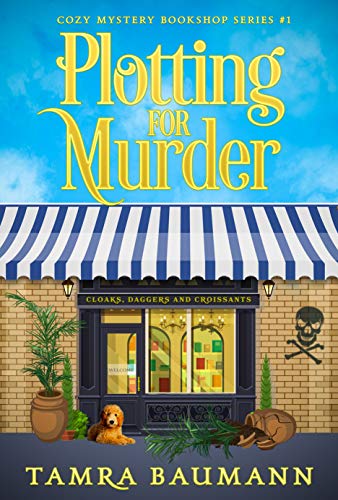I’m developing a lecture on poisons and the imaginative ways they’ve been used, both fictionally and in real life. So browse below and see if anything strikes your fancy.

In Ancient Rome, a poisoning plot that targeted powerful men was uncovered by a slave. She gave her information to an aedile, exposing a number of aristocratic women. These women were brought to the forum and were told the only way to prove their innocence was to drink the tinctures they’d created. Twenty women drank, and twenty women died. And so the “Conspiracy of Women” was born. Lindsey Davis has used these and other poisoning plots (they were numerous at the time) as a back drop for her absolutely wonderful Flavia Albia mysteries, set in ancient Rome. I listened to the first book, The Ides of April, and I’m hooked and working my way through all of this series. I highly recommend. The poison that the women used? Probably aconite, found in wolfsbane or monkshood.
I love this quote: In Renaissance Italy, murder in political circles became so frequent that nobody believed in the natural death of popes, cardinals, and royalty. (M. Karamanou, et al.) During the Renaissance, there was a lovely family of nobles called the Borgias who invented a poison they called cantarella. The recipe has been lost with time, but it was well-known that its base contained arensic. Why arsenic? No flavor or odor and when mixed into food or drink, it is tasteless (like iocaine powder!). Perfect for all of those coffee shop/bakery cozies
Plotting for Murder is a fast-paced, funny, cozy mystery by Tamra Baumann I highly recommend. And of course, it involves a murder and poison. I hear there will be more of this series upcoming and I can’t wait.

The Poisoners Handbook by Deborah Blum is a fascinating look at poisons set in New York during the Jazz age (1910-1930). This is true crime embedded with biography of the people who at the genesis of the forensic science to detect them. It has some great stories within its pages.
Ever heard of ‘Mad Honey‘? It’s made by bees collecting pollen from poisonous flowers and was used to great effect by the Persians on the Roman army in antiquity. Unfortunately, one of the plants is azaleas and it can be given or purchased as a houseplant. Be aware that they are toxic to pets!
Yeah, yeah, Spanish Fly brings on the giggles, but it’s actually made from very toxic bugs called blister beetles. The poison these beetles make is cantharidin and ingesting a single beetle can kill you. I came across this scientifically published article in my research: Acute kidney injury by cantharidin poisoning following a silly bet on an ugly beetle



Leave a Reply